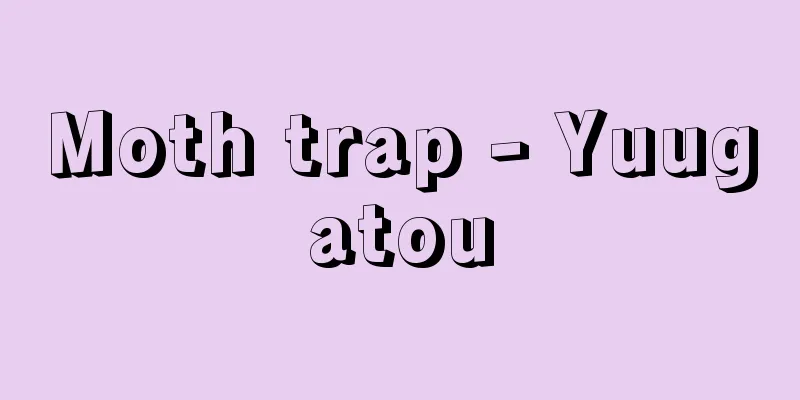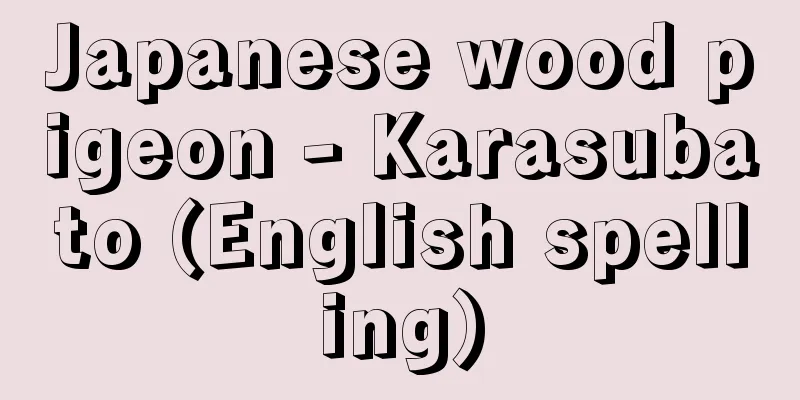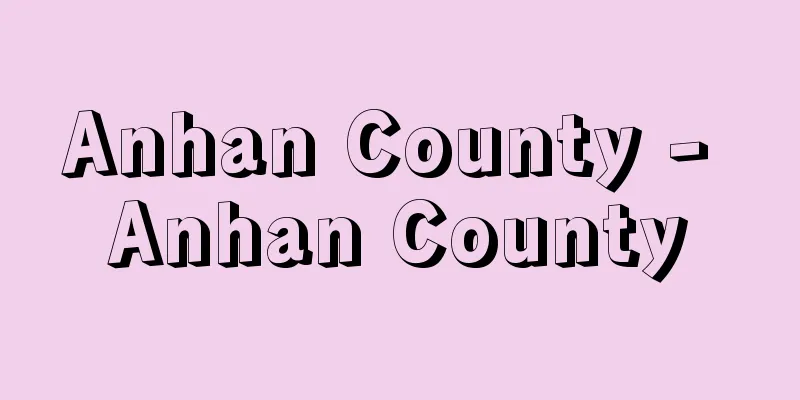Moth trap - Yuugatou

|
A light trap is a device that uses light to attract insects that are attracted to light (phototaxis). The origin of the light trap dates back to when torches or bonfires were used to attract and burn planthoppers and rice stem borers. As time passed, the light source changed to lanterns, lanterns, and acetylene lamps. In the Taisho period, electrification of rural areas progressed and light sources changed to light bulbs. Before World War II, before fluorescent lights became common in ordinary homes, light traps were used as the light source for light traps, and continued to be used until shortly after the war, but due to the orders of the occupying forces and the spread of pesticides, their use rapidly decreased, and light traps for the purpose of luring and killing insects are rarely used except for those targeting special pests. Meanwhile, a movement to use light traps to know the occurrence of pests and to predict their occurrence began in the Meiji period, and now they are widely used for this purpose and are called warning lights. The purpose of the warning lights is to understand the occurrence status of each year and to accumulate long-term data for predicting occurrence, and they are inspected daily by prefectural pest control stations during the pest occurrence period. The light source of the warning light varies depending on the target crop and pest, and high-pressure mercury lamps, blue/white fluorescent lamps, black lights, etc. are used, but for general crops, it is stipulated that 60-watt incandescent lamps be used. There are two types of moth traps: the wet type, which kills insects by dripping oil into a water basin, and the dry type, which uses an insect killing box. The current warning light is stipulated as the dry type, and consists of a light source, a funnel, and an insect killing box. [Kenichi Kishino] [Reference] |Source: Shogakukan Encyclopedia Nipponica About Encyclopedia Nipponica Information | Legend |
|
光に集まる性質(走光性)をもつ昆虫を灯火で誘引する装置をいう。誘蛾灯の起源は、光源に松明(たいまつ)や篝火(かがりび)を用いて、ウンカやニカメイガを誘引して焼き殺したことにさかのぼる。時代が移り、光源は行灯(あんどん)、カンテラ灯、アセチレン灯へと進む。大正時代に入ると農村の電化が進み、光源は電球に変わる。第二次世界大戦前には、蛍光灯が一般家庭に普及する以前に誘蛾灯の光源として用いられ、戦後まもなくまで続くが、占領軍の指令や農薬の普及によって急激に減少し、誘殺を目的とした誘蛾灯は、特殊な害虫を対象とする以外は、ほとんど用いられなくなった。一方、誘蛾灯を害虫の発生状況を知ったり、発生予知に利用しようとする気運が明治時代に起こり、現在では、この目的のために広く用いられ、予察灯とよばれている。予察灯は、その年の発生状況の把握と発生予知のための長期間のデータ蓄積とを目的とし、都道府県の病害虫防除所によって、害虫の発生期間中、日別に調査されている。予察灯の光源は対象作物や害虫によって異なり、高圧水銀灯、青色・白色蛍光灯、ブラックライトなどが用いられているが、一般作物では60ワット白熱灯を用いることが規定されている。誘蛾灯には水盤に油を滴らして殺虫する湿式と、殺虫箱を用いる乾式とがあるが、現在の予察灯は乾式と規定され、光源、ロート、殺虫箱とで構成されている。 [岸野賢一] [参照項目] |出典 小学館 日本大百科全書(ニッポニカ)日本大百科全書(ニッポニカ)について 情報 | 凡例 |
>>: Securities report - Annual securities report
Recommend
Local exam - Kyoushi
〘 noun 〙 One of the examination stages of the impe...
Teppei Kataoka
Novelist. Born in Okayama Prefecture. Active as a...
Ixion (English spelling)
A king of the Lapiths who appears in Greek mythol...
Speechless - Zekku
A style of poetry in classical Chinese poetry. It...
Himal Chuli (mountain)
A mountain in the Manaslu mountain range in the Ne...
Snātaka (English spelling)
Hindus ideally divide their lives into four period...
Erwin Rommel
German soldier. Born to a teacher. During World W...
Ohi-ki - Ohiki
...About 31 genera and 366 species are distribute...
pityriasis simplex faciei (English spelling) pityriasis simplex faciei
…A relatively clearly demarcated, circular or ova...
Insult - bujokuzai
Even if facts are not stated, a person who openly...
Amomum kepulaga (English spelling) Amomum kepulaga
...It is propagated by dividing the rhizome or by...
Komochi [village] - Komochi
A village in Kitagunma County, central Gunma Prefe...
San-sagari
The name of the shamisen tuning. The 3rd string of...
Wilkes, J.
…A radical political movement led by John Wilkes ...
Kankakei
...There are also many educational institutions, ...









